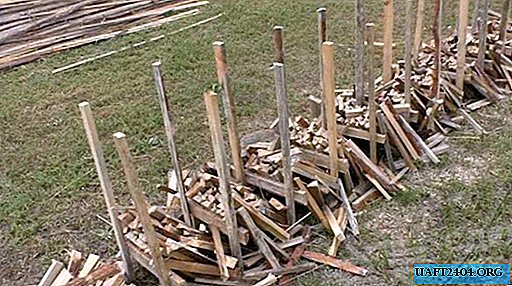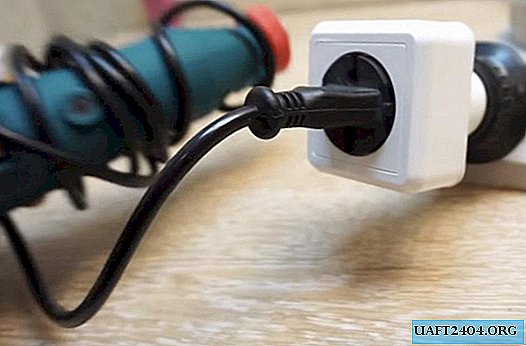Share
Pin
Tweet
Send
Share
Send
The kacher generates a voltage of the order of 1000 thousand volts, can light fluorescent lamps and gases in flasks, it also releases sparks and can be played with, since the voltage frequency reaches 250 Hz and current flows through the skin of a person.

For the manufacture of the device we need a few details, namely:
1. Choke for fluorescent lamps or mains transformer winding. (preferably 100 watts)
2. The diode. (I took 31DQ104L, preferably more than 2 amperes, with a margin)
3. Ceramic or film capacitor marked 105 (1 microfarad) per 400 volts.
4. Two 50 kΩ resistors. and 10 kOhm. (variable resistors can be used)
5. Two zener diodes.
6.1. Field effect transistor, suitable IRF740, IRFP460 and many others. (maximum voltage 350 V)
6.2. A bipolar transistor (if there is no field effect) are ideally suited transistors for line drivers.
7. Cooling of the transistor and inductor. (cooler and radiator)
8. Copper wire 0.10mm - 0.25mm
9. Network wire (preferably insulated)
10. Plumbing pipe 5cm - 11cm in diameter (small 2.5 can be, but the effect will be worse)

Where to get what ?!
You can take almost any diode, and they are in many schemes, most often at the power input as a diode bridge. (If you can critically try 1 amp, but if it warms up, it’s better to change it)
Capacitors must be on the TV boards and power supply boards of various devices. Zener diodes are most often also in power supplies.
Resistors are full in all boards, and if there is no required rating, then you can connect them in series or in parallel.
There is wire in transformers, in a network coil. (primary)
Field-effect transistors are difficult to find and just drop out (available in the power supply, but it is better to buy), so you can take a bipolar transistor from the TV that stands near the horizontal transformer.
Bottom line: a TV or power supply is best suited as a donor.
Also, do not forget that you can replace almost all the elements with others and supply not 220 volts, but less, and it will turn out the same way, but sparks (streamers) will be less.
To start, we wrap the secondary and primary coil. We wind more than 1000 turns with a thin wire on a pipe. The more turns and the diameter of the pipe, the better the effect. It is very important to wind a coil to a coil, without overlaps and in one layer
After finishing, wrap the coil with tape or varnish. If this is not done, then it may unravel and all your efforts are in vain. (This is a secondary coil)

We make the primary coil around the secondary from the network wire. (5-15 turns) Here you can not accurately, but for the sake of aesthetics you can try. It is necessary to wind in the same direction as the secondary coil.

Next, we assemble the circuit. I collected everything by a canopy, since there are not many elements and there is simply no point in making a board. The transistor will warm up, so it must be screwed to the radiator, it is advisable to put a cooler on the throttle so that it does not get very hot.

We solder the coils to the circuit and turn on our kacher in the socket. (220v) If nothing worked for you, then you need to swap the conclusions from the primary coil.
(The one with a thick wire)
When everything has worked, you will see sparks that let the wire from the coil. You can touch them with your hands! And other iron objects.


You can also put something iron on top and the power of the coil will increase!

If we bring an ordinary light bulb to quality, we will see a beautiful plasma in the lamp, as in a plasma ball. (Caution the lamp heats up and may burst)

At a short distance, fluorescent lamps and gases in the flasks should light up.


Thank you all for your attention. If you have questions, write in the comments.
There are plans to create a singing kacher with a breaker, but this requires materials, and so far there are no funds for their purchase.

Share
Pin
Tweet
Send
Share
Send











